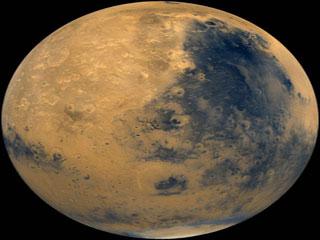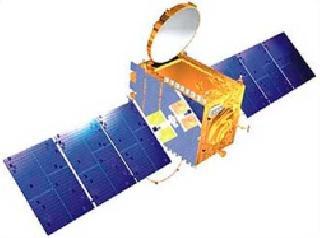
A photo of Mars from NASA's Viking spacecraft, which launched in 1975. Photo: NASA
WASHINGTON (BNS): Mars, the fourth planet from the Sun in our solar system has apparently grown in size, mushrooming to about half its present size in less than 2 million years, a study said.
According to the scientists, the rocky planets in our solar system are generally thought to have formed through titanic collisions between massive planetary embryos roughly 600 to 3,000 miles (1,000 to 5,000 kilometers) wide.
For Earth, the last of the collisions apparently involved an impact with a Mars-sized protoplanet, and formed the moon 50 million to 150 million years after the birth of the solar system.
But while computer simulations of rocky planet growth work for Earth and Venus, they currently fall short when explaining the small size of Mars.
In the new study, scientists found that Mars apparently grew very rapidly, accumulating enough dust from the protoplanetary disk that once surrounded the sun to reach half its present size in only 1.8 million years or less.
"Mars is an embryo. When we look at that planet, we in fact look at the same material that made the Earth," Space.com quoted researcher Nicolas Dauphas, a geochemist at the University of Chicago.
Mars has the highest mountain and the deepest, longest valley in the solar system. Olympus Mons is 17 miles high and Valles Marineris is 5 to 6 miles deep and almost 2,500 miles long, it said.
 Previous Article
Previous Article Next Article
Next Article












The Indian Air Force, in its flight trials evaluation report submitted before the Defence Ministry l..
view articleAn insight into the Medium Multi-Role Combat Aircraft competition...
view articleSky enthusiasts can now spot the International Space Station (ISS) commanded by Indian-American astr..
view article